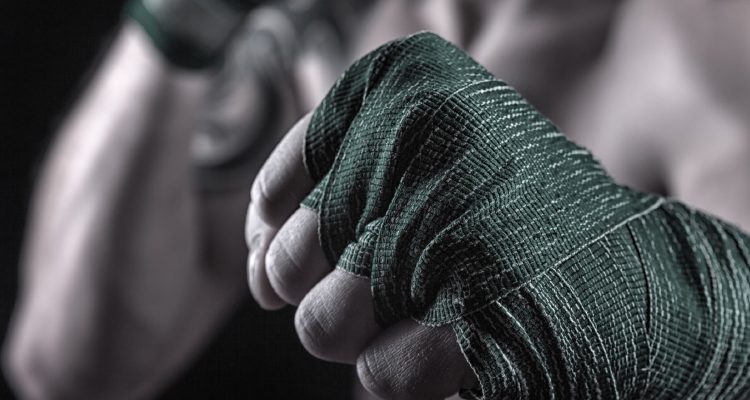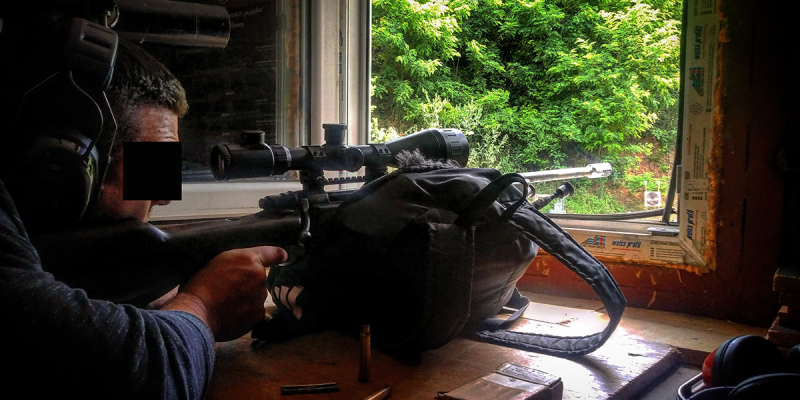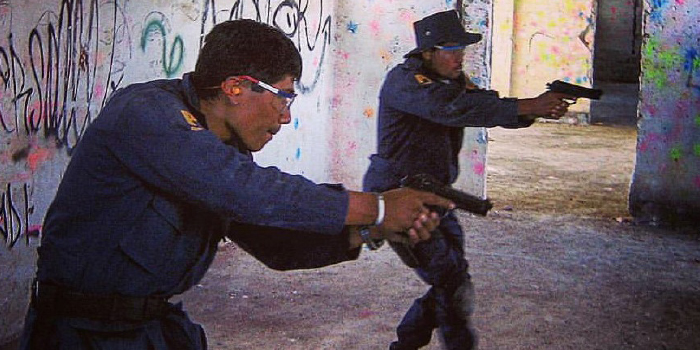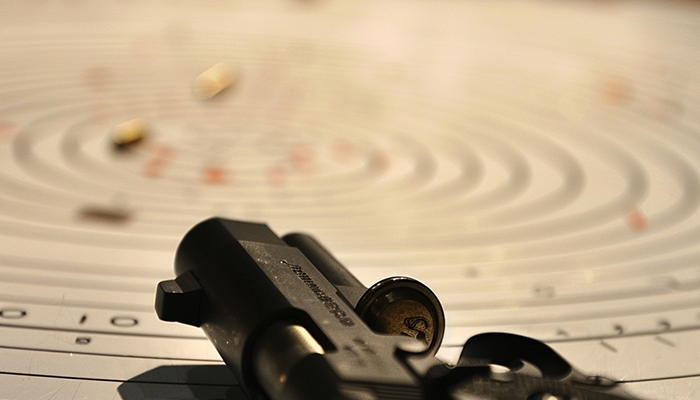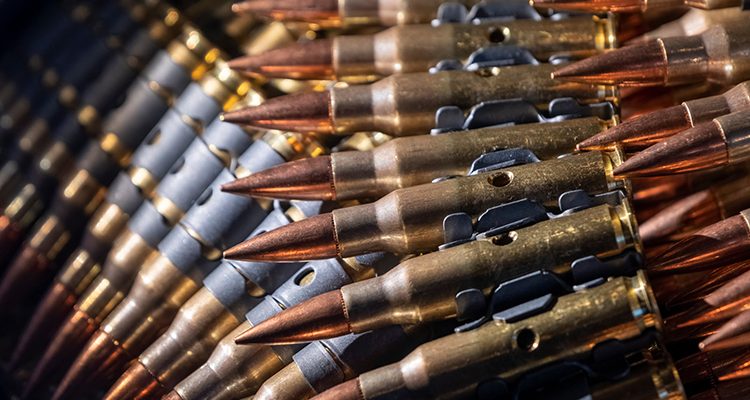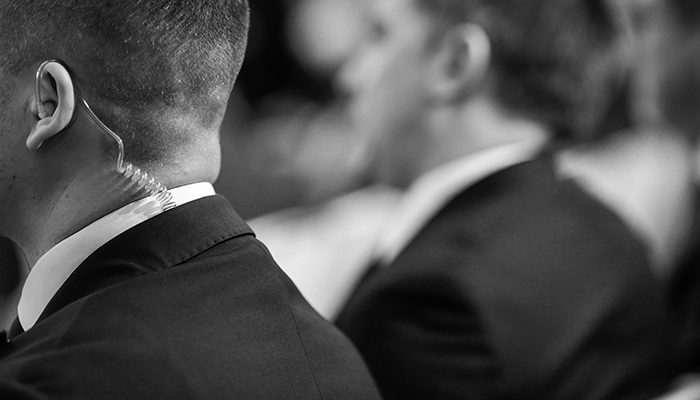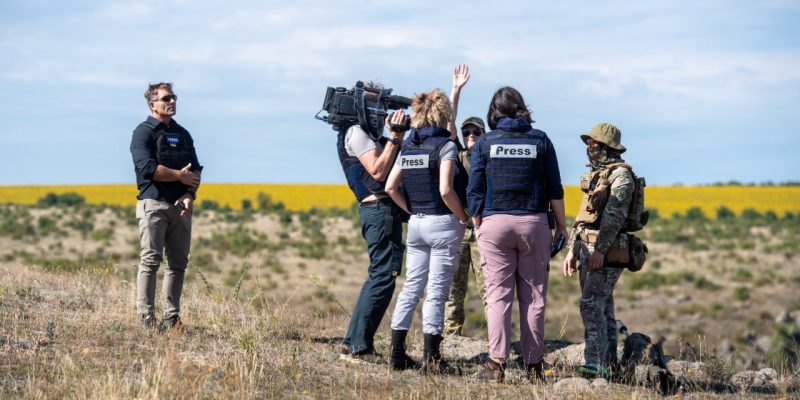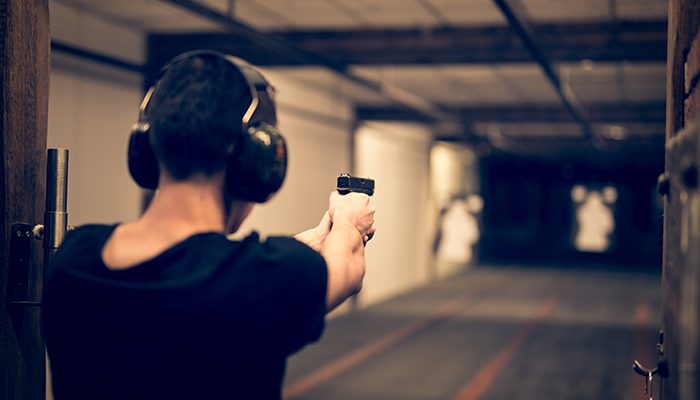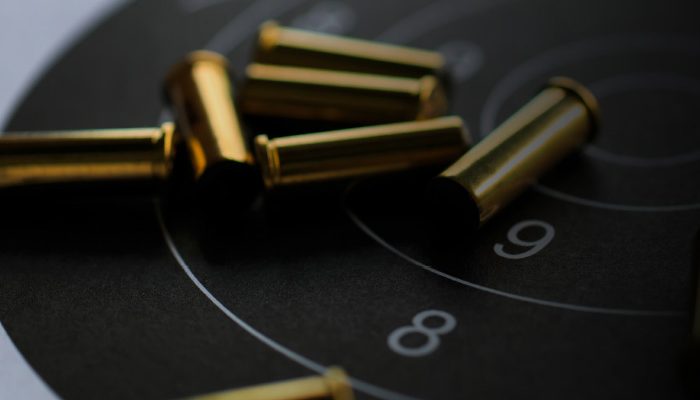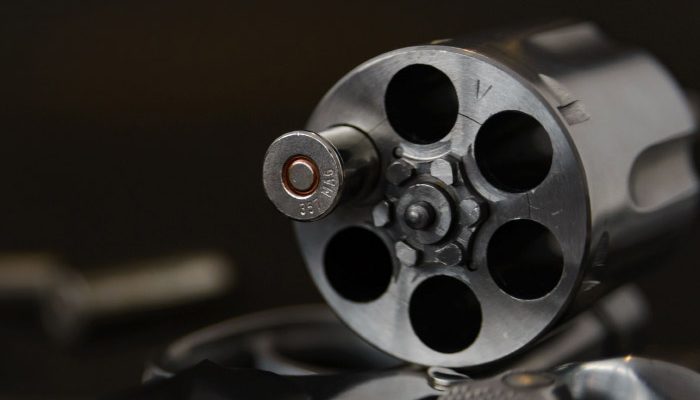Although prevention is the primary goal, there are times where proactive, effective physical intervention may be required. This is not to be confused with arrest and control techniques used in other related security fields. Those techniques have merit, but the goal of this article is to highlight combat principles agents can apply when cover and evacuation is not an option, and the threat is imminent.
Operating as a Commercial Sniper The Myths and Facts
To start with, let’s kill a central myth right off the bat. And that myth is that jobs for commercially employed snipers are widely available and accessible. That is not true. You will not do a sniper course and then be hired as a sniper in a war zone. You will not find any companies that are advertising such jobs. If they are, then I’d be dubious.
Dry Fire Training
In most other places outside the U.S. where firearm ownership and defensive carry is available for private citizens and security personnel, the price of guns and ammunition can be very costly, and the application processes to own and carry guns can be a bureaucratic nightmare.
In many places, it’s mandatory to belong to a gun club or shooting association who are the ones that have control of the shooting ranges. Personally, I have little time for clubs and associations as they tend to be very cliquey and attract people trying to compensate for a lack in other areas.
Establishing Your Career Path in Close Protection
Now, to make it clear the commercial close protection industry is a very difficult industry for most people to enter, mainly due to the fact it is a very small and clique world where doors usually open for people if they know the right people. So, to start with, networking is a valuable key to opening the doors.
My personal experience and opinions comes from working over 30 years’ within the security, close protection and risk management industry in various Central/East/West African countries, Europe and Asia in operational and management positions.
Executive Protection in the Middle East
Good EP professionals understand the importance of thorough preparation and research before even accepting a task. This is arguably even more relevant when it comes to working in the Middle East where culture is king, and misunderstandings have the potential to ruin operations and future business partnerships. To add a layer of nuance and complexity, each Middle Eastern city – be it Dubai, Cairo, or Riyadh – calls for a slightly different approach, making things that much more interesting.
SHOOTING RANGE CONSIDERATIONS FOR YOUR NEXT TRAINING COURSE
My conclusion from 30 years in this space is that firearms are safe if handled properly. And gun ranges are safe if managed properly. Whether you’re shooting a .22 air rifle in your back garden or a light anti-armor weapon on a military range, as long as the basic principles of firearms/weapons safety and range management are followed, you shouldn’t have any problems.
In light of that, my aim with this article is to give you some foundational points you need to consider to run a safe shooting range and shooting events. And if you are attending a training course, this will give you the knowledge and key insights into proper course setup.
Tactical Firearms Training – The Basics
Now, to get things straight to start with, what most people, especially Americans, don’t realize is that most non-government close protection jobs are unarmed due to the legal restrictions on firearms in most countries. Part of your threat assessment for any assignment needs to include the laws on the use of force and what if any weapons are legal in the locations you are going to be working in. Being caught with an illegal weapon, especially a firearm will get you thrown in jail very quickly, no matter how important you think you are!
Careering-Ending Accident Turns Tragedy into Triumph
Sometimes you have a plan, and then the universe has something different in mind. After almost seventeen years in the private security industry, a little over 3 years ago I decided to start my own security company UPPER ECHELON SERVICES. I was making great progress building the company. Then in June of 2017, I was involved in a motorcycle accident that would change my life forever. I ended up suffering from an irreparable compound break on my right foot and ultimately blowing my heel to dust.
Fit for Duty: Health & Wellness as Crucial Daily Hygiene…
The only thing consistent about protective services and extensive travel is that it is consistently inconsistent. The hours are often long, we are up before everyone else and go to bed after everyone else. If your client is a business executive with global responsibility it is always 9:00 AM – 5:00 PM somewhere in the world. So, often your sleeping and eating patterns can become significantly altered. By the time we start or end our day, many times the quality eating establishments may not be open or are already closed.
Media Safety Advisor Training
Since the Russian invasion of Ukraine, the threat is as high as it can get for News Teams, and if you are a well-trained Media Safety Advisor, the demand for your services has never been greater.
Training for When Time is Life
The 21-foot rule has long been an established firearm training standard. Simply put, it means an average man can close 21feet in 1.5 seconds, as we look at the below data of attacks on law enforcement officers the previous standard far from reflects the reality of the dynamic encounters in both distance and timing in enhancing your ability to prevail in a violent close quarter firearm encounter.
Defining Professionalism in the Personal Protection Industry
With global threat levels at an all-time high, there is more work in the security industry now than there ever has been and the security industry is booming, but it’s harder to find work because there are now thousands more so-called ‘qualified’ CPOs chasing after every position.
Fire Safety in Executive Protection
When discussing executive protection topics with somebody not working in this field of expertise, the threats to the principal are often expected to come from rare incidents such as stalkers, snipers, explosions and so on. As professionals we know that the most significant and likely threats come from car accidents and health issues, then, next in line are serious fire emergencies. Don’t just take my word for it, a quick look at the statistics show just how frequent and deadly fires are in US.
Adapt and Survive
It’s no secret that higher education has been changing over the past 20 years. The introduction of tuition fees, the increases in these fees, the lifting of the cap on student numbers, the recession, Brexit, to name but a few things, have all impacted on the higher education sector.
YouTube Should be Part of Your Social Media Strategy
YouTube is the number two search engine right behind Google (go figure). Everyday 3 BILLION VIDEOS are viewed on YouTube everyday. Why? For me personally and I’m sure thousands of others would rather find a video on how-to fix a widget then read pages of text on a web page.
Working with your dissertation supervisor
A dissertation or research project is normally par for the course on degree programmes. In my experience, it is a source of anxiety for many students and I’m in no doubt that this one module can act as a barrier to undertaking a University degree course.
Mental Illness and Addiction: Why Should You Care?
Serious mental illnesses (SMI) include such diagnoses as Schizophrenia, Paranoia with psychosis, Bipolar Disorder, Major Depressive Disorders, Obsessive Compulsive Disorder, Panic Disorder, and Post Traumatic Stress Disorder (PTSD).
BASIC RANGE CONSIDERATIONS
My professional experience with firearms started when I was 17 years old, and I joined an Infantry Regiment in the British Army. After leaving the British Army five years later, I worked in an armed capacity in numerous countries while providing security services.
Tactical Reloading & Stoppage Drills
At some point you will have to reload your handgun and clear stoppages and misfires. If you are on a nice comfortable range doing some target practice, this is not a problem. But if you are involved in a serious hostile situation, your reload and stoppage drills need to be slick and well-rehearsed.
Lose the Fear, Love a Process!
But of course, the students who flood off to colleges and universities in their late teens and twenties are rarely bedevilled by such thoughts! So why, when it comes to learning later in life, to undertaking vocational-related training and – of course – distance-learning, do we find it so difficult to succeed?
